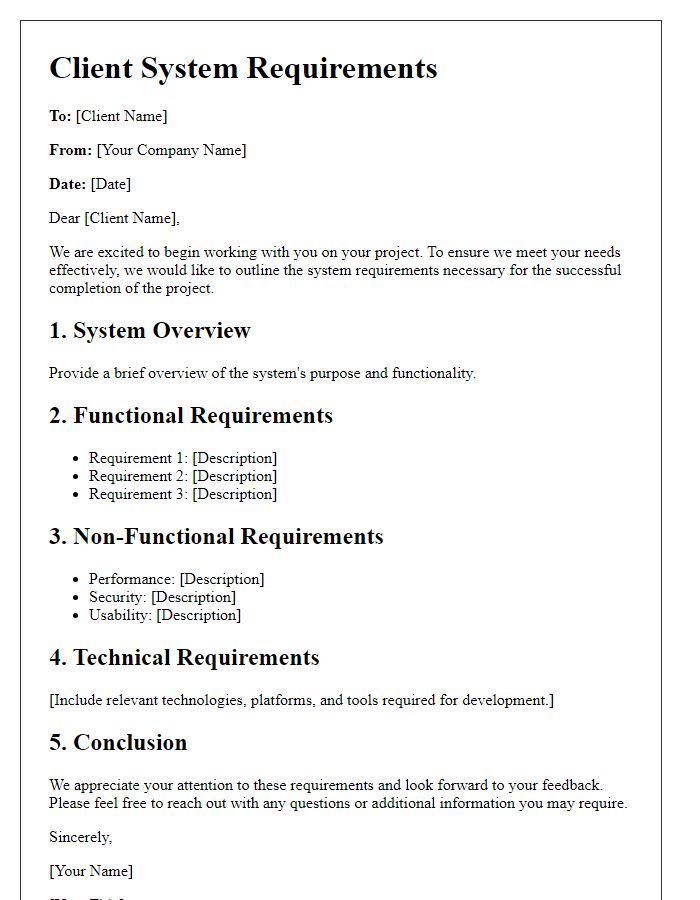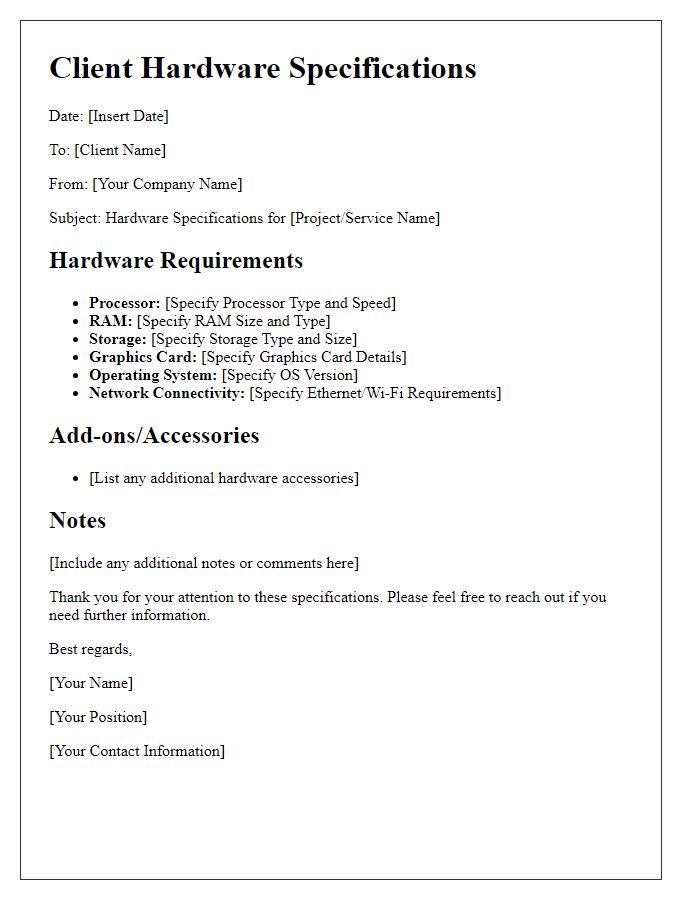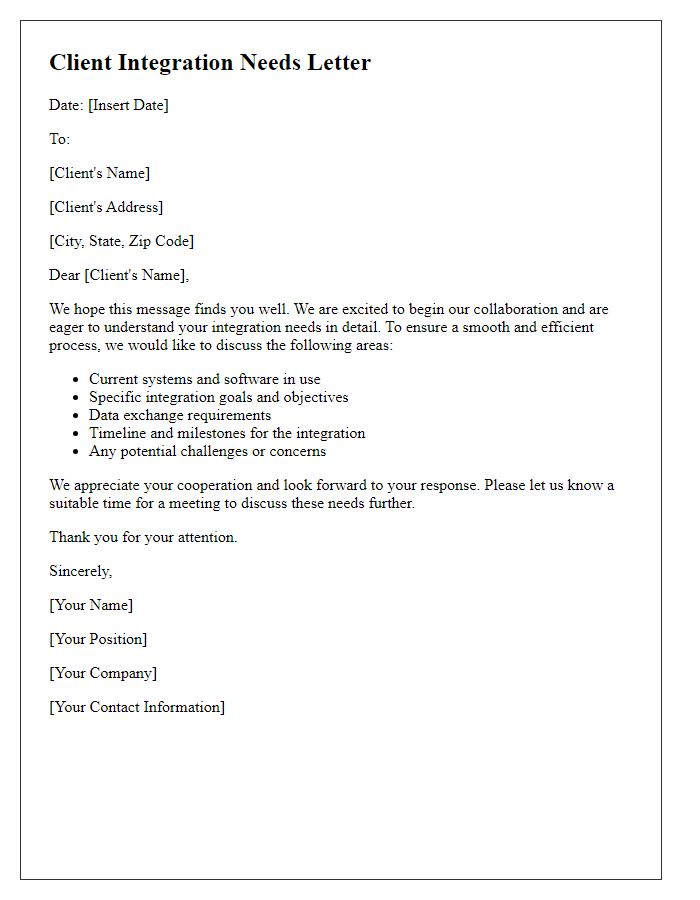Are you wondering how to effectively communicate your technical requirements to clients? Crafting a clear and concise letter not only ensures that your needs are understood, but it also sets the stage for successful collaboration. We'll explore essential components of a professional letter template that can help streamline this process. So, get ready to enhance your communication skills by diving deeper into our guide!

Introduction and Purpose Statement
In the realm of technology and client interactions, the formulation of a comprehensive Introduction and Purpose Statement typically provides a foundation for understanding project objectives. This document lays out essential technical requirements crucial for project delivery and aligns expectations between stakeholders. The purpose statement emphasizes the importance of clarity in communication, ensuring that both technical and non-technical parties grasp the desired outcomes. Furthermore, this section outlines the project's scope, establishing a framework for future discussions and decision-making processes. By specifying the objectives, anticipated challenges, and timelines, stakeholders can foster a collaborative environment that enhances overall project success.
System and Functional Requirements
System requirements outline the necessary hardware and software configurations needed for the effective operation of a technology solution. Essential components include the database management system, such as MySQL or Oracle, which requires specific versions for optimal performance. Network specifications emphasize the bandwidth and latency needed for seamless data transfer, often detailed in Mbps (megabits per second) and ms (milliseconds). Functional requirements define the specific behaviors or functions the system must support, including user authentication methods like OAuth 2.0, data processing capabilities, and compatibility with third-party APIs (Application Programming Interfaces). Security measures must also be addressed, including encryption standards such as AES (Advanced Encryption Standard) and compliance with regulations like GDPR (General Data Protection Regulation). These technical specifications create a comprehensive framework ensuring all stakeholders have a clear understanding of system capabilities and requirements.
Technical Specifications and Standards
Technical specifications and standards guide the development of software systems, typically including elements such as system architecture, programming languages, and interface requirements. Essential components often include compliance with industry standards like ISO 9001 for quality management systems and GDPR for data protection. Additionally, specifications should detail hardware requirements, such as processor type (e.g., Intel Core i7), memory (minimum 16 GB RAM), and operating system compatibility (e.g., Windows 10, macOS Monterey). Network requirements, including bandwidth specifications (ideally 100 Mbps), security standards (such as AES encryption), and user authentication procedures are also critical for robust system performance. Clear documentation of these technical aspects ensures alignment between development teams and client expectations, fostering successful project outcomes.
Integration and Compatibility Needs
Integration and compatibility needs for software applications often encompass multiple systems, platforms, and standards. For instance, APIs (Application Programming Interfaces) must adhere to RESTful principles to ensure seamless communication between a customer relationship management (CRM) system and third-party email marketing tools like Mailchimp. Additionally, compatibility with operating systems such as Windows 10, macOS Monterey, or specific web browsers like Google Chrome and Firefox is crucial for optimal user experience. Data formats, including JSON or XML, play an essential role in the integration process, affecting the ability to transmit data accurately. Furthermore, security protocols like OAuth 2.0 ensure that user data remains protected during these interactions, avoiding vulnerabilities that could impact operations. Comprehensive testing environments, such as staging environments simulating real-world conditions, are vital for validating functionality before deployment.
Support and Maintenance Expectations
Support and maintenance expectations for technology services are critical for ensuring client satisfaction and system performance. Service Level Agreements (SLAs) typically define response times, with critical issues requiring resolution within four hours (for example, issues impacting business operations), while non-critical concerns might have a 24-hour resolution timeline. Regular maintenance schedules, such as monthly system checks and quarterly software updates, help identify potential vulnerabilities and keep systems secure. Additionally, 24/7 technical support availability enables clients to receive assistance during unexpected downtimes, ensuring minimal disruption during peak operational hours. Documentation of all support interactions and maintenance activities contributes to transparency and accountability in the service relationship.













Comments